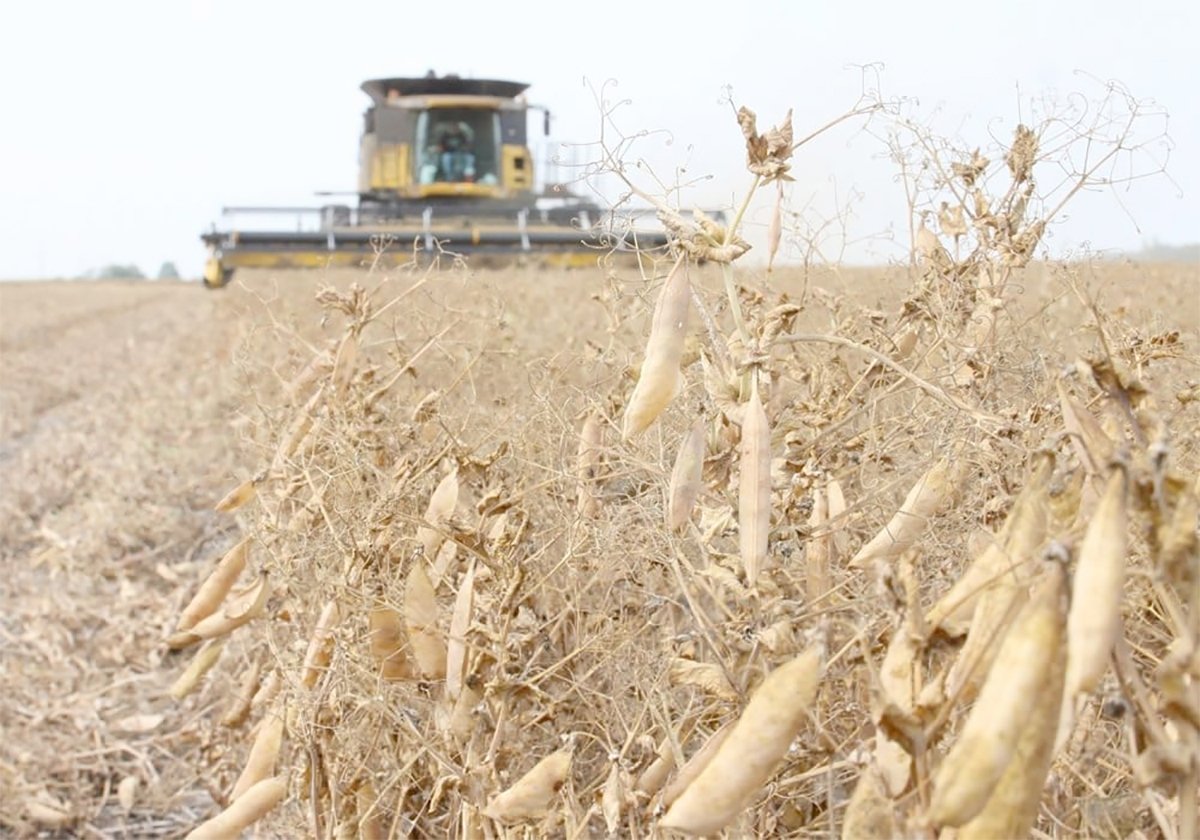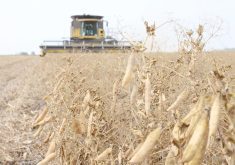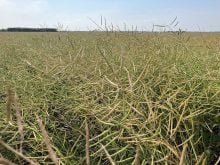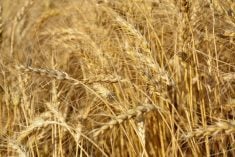When North American consumers reach into the meat counter, they are usually reaching for a product that comes from the most valuable parts – products like roasts, steaks, ribs, stewing meat and ground beef.
But what happens to the millions of kilograms of material that don’t end up on the consumer’s plate?
Each time an animal is slaughtered, there are bone, tissue and fluid byproducts that must be processed or disposed of safely.
As well, millions of animals die each year before they reach the packer. These carcasses must also be handled.
Read Also

Chinese, Indian tariffs take toll on pea prices
The disruption of pea exports from Canada’s largest customers will likely result in slow pea exports for the remainder of the crop year.
The rendering industry aids society in dealing with these byproducts but does so quietly because of a public distaste for the gut-wagon that remains as strong as it was centuries ago.
The renderer takes unwanted byproducts, then grinds, boils, sterilizes and separates them, and sells them back to manufacturers so they can be sold to the public in products such as lipsticks, soaps, shampoos, candles, lubricants, paints, tires, food additives, perfumes, cleaning and polishing compounds, textiles, plastics, ink and solvents.
With millions of animals slaughtered each year, today’s rendering industry is big business.
Rendering plants have become modern, high-tech factories that adhere to strict federal regulations.
But with the arrival of bovine spongiform encephalopathy, Canadian renderers have been forced to change their business practices.
In some cases, that has meant the costs associated with handling animal byproducts and dead stock have been shifted from the renderer to the producer.
In this Western Producer special report, Mike Raine examines the state of rendering in Canada and looks at the impact that BSE has had on the rendering industry and on Canadian beef producers.














